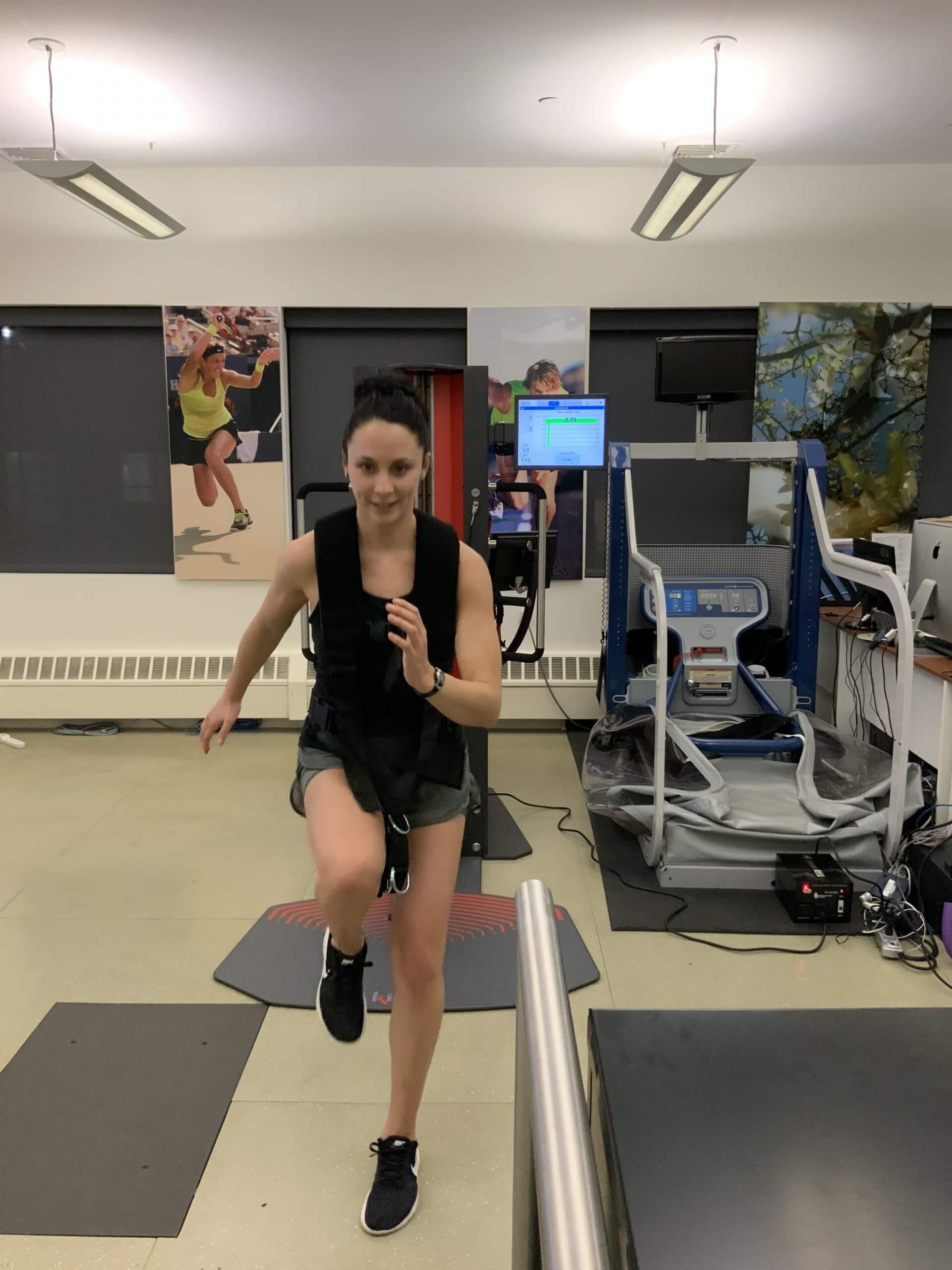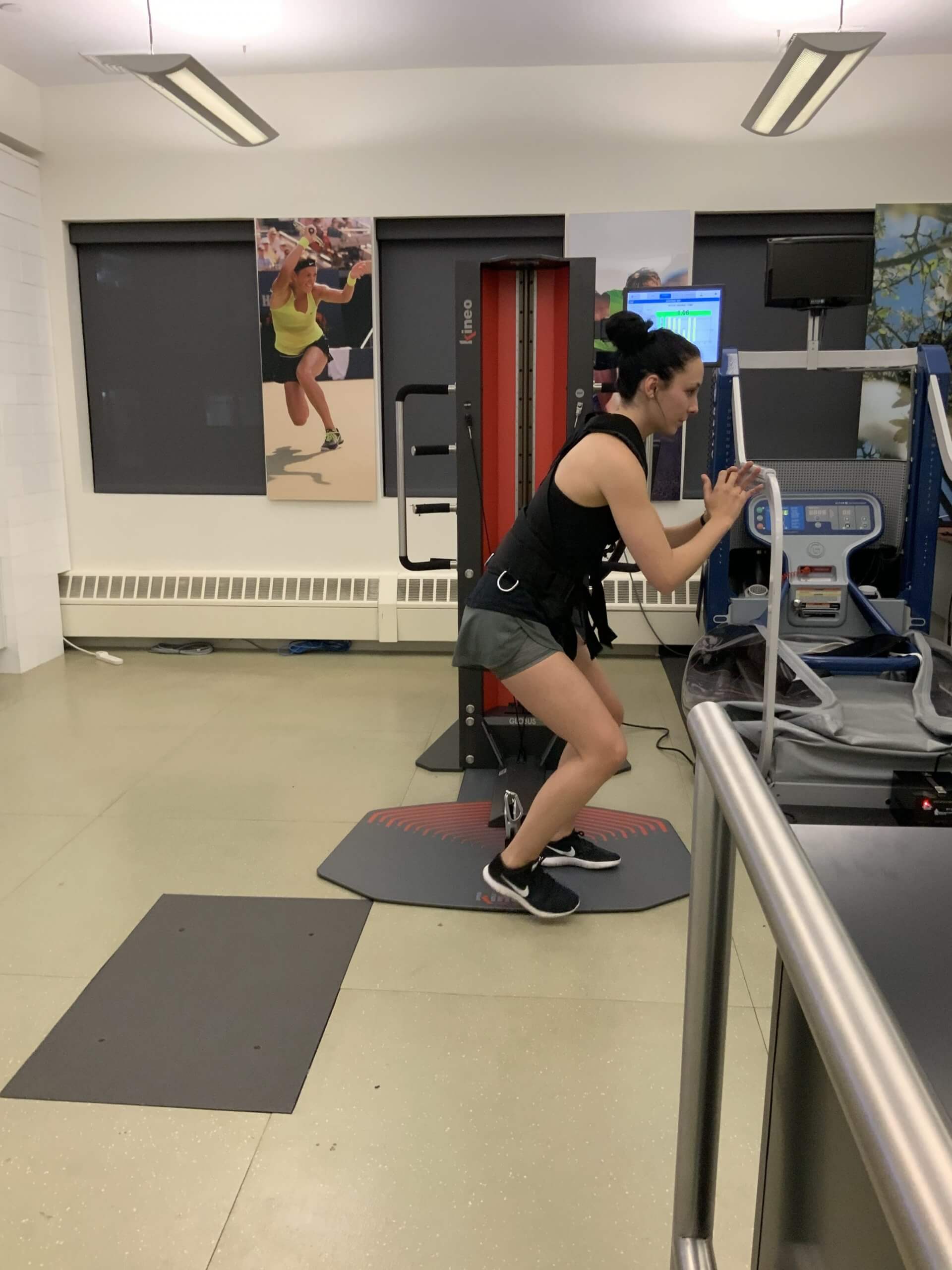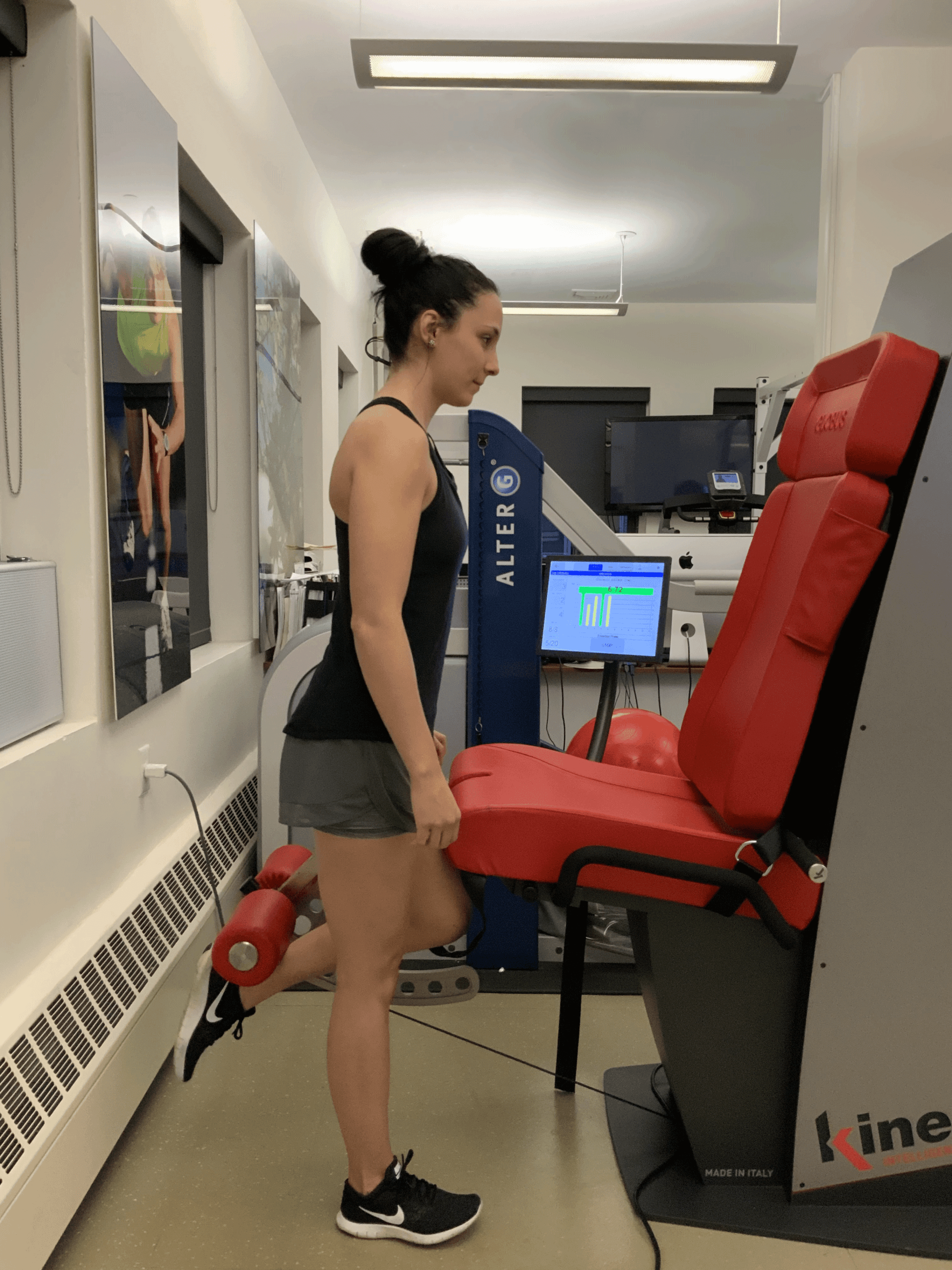For physically active women, exercise is an important part of everyday life, and pregnancy is no reason to stop working out. However, the changes your body goes through during the course of pregnancy may warrant some adjustments to your exercise routine, especially if you run.
Your body goes through a number of hormone-driven physical changes during pregnancy that may affect your running performance. To ensure a healthy and safe pregnancy for both you and your baby, it is important to understand these changes and maintain an open mind about whether, how often and how much you should run.
Physical changes during pregnancy include:
Increased body weight: Whether you gain a little or a lot, extra weight places more stress on your joints that is amplified by the impact of running. This is a good time to invest in new running shoes, to ensure you have ample support and shock absorption. Also be aware that your feet may swell or splay out during pregnancy, so you may need a slightly larger shoe.
Shifting center of gravity: Your center of gravity (COG) is the point around which your body’s mass is equally balanced. Your COG changes constantly while you are in motion, but generally speaking, the lower your COG while standing, the more stable you are. For most women, the body’s center of gravity is located somewhere below the navel, in the depths of your pelvis However, as the unborn fetus grows, your COG shifts upward and forward, making you less stable and more prone to falls and injury.
Postural changes: Your growing baby also affects your posture, which changes on a daily basis, up to the point of childbirth and beyond. You may feel more stress on your low back as the weight of your abdomen increases the curvature of your lumbar spine and tilts your pelvis forward. Those shifts affect your upper body as well, rounding your upper spine and rolling your shoulders forward.
Joint laxity: One of the most profound aspects of the miracle of birth is the female body’s ability to push out another human being and then return to its pre-pregnancy state. We owe this wondrous ability to relaxin, a hormone produced by your ovaries and placenta that relaxes your pelvic ligaments and softens and widens your cervix to prepare your body for childbirth. The down side is that ligaments throughout your body are also affected by relaxin, making your joints looser and therefore less stable.
All these physical changes increase your risk of injury, especially if you do not tune into them and modify your running gait accordingly.
If you are a non-runner or have been more or less sedentary before pregnancy, it is okay to start exercising in moderation, but running may not be the best choice for you. Opt for lower impact activities like walking, swimming or using an elliptical trainer to boost your cardio, and add pre-natal exercises to tone your muscles and prepare your body for delivery.
As long as you pay attention to your body’s metamorphosis and heed its messages, running can have many benefits for you and your baby.
In addition to the normal benefits of heart health, weight management and mood regulation, running during pregnancy can help you:
- Reduce the risk of complications during delivery
- Reduce your risk of developing gestational diabetes
- Reduce back and pelvic pain
- Relieve bloating, swelling, fatigue, and constipation
- Promote better sleep
- Prevent excess weight gain
- Improve the flow of blood, oxygen and nutrients to your baby
- Speed postpartum recovery
No matter how experienced a runner you are, pregnancy is no time to push yourself or set new goals. Pregnancy places high demands on your body, so you may need to modify the intensity, frequency and duration of your runs.
Some general safety guidelines for running while pregnant include:
- Listen to your body and maintain a comfortable pace.
- Don’t worry about milage…just enjoy running and reap its benefits, without pressure.
- Stop running if you experience pain or spotting and contact your care provider.
- Pay attention to symptoms of preterm labor, including dizziness, headaches, calf pain, swelling, chest pain, fluid leakage and vaginal bleeding.
In addition to updating your running shoes, invest in a supportive workout bra and consider a belly support band. Adding extra support will make you feel more comfortable and reduce your risk of stretch marks. It can also help your posture while running, reducing your risk of injury. And be sure to drink plenty of water before, during and after your run, to maintain optimal hydration for both you and your baby.
The women’s health specialists at NYDNRehab are here to support you during your pregnancy and beyond. A running gait analysis before you become pregnant can help you correct gait deficiencies and reduce your risk of injury. Our physical therapy team can help keep you strong and healthy throughout your pregnancy, and help you recover from the rigors of childbirth in the postpartum stage. Contact us today, and get the very best care for you and your baby, so you can continue your healthy active lifestyle.


























































